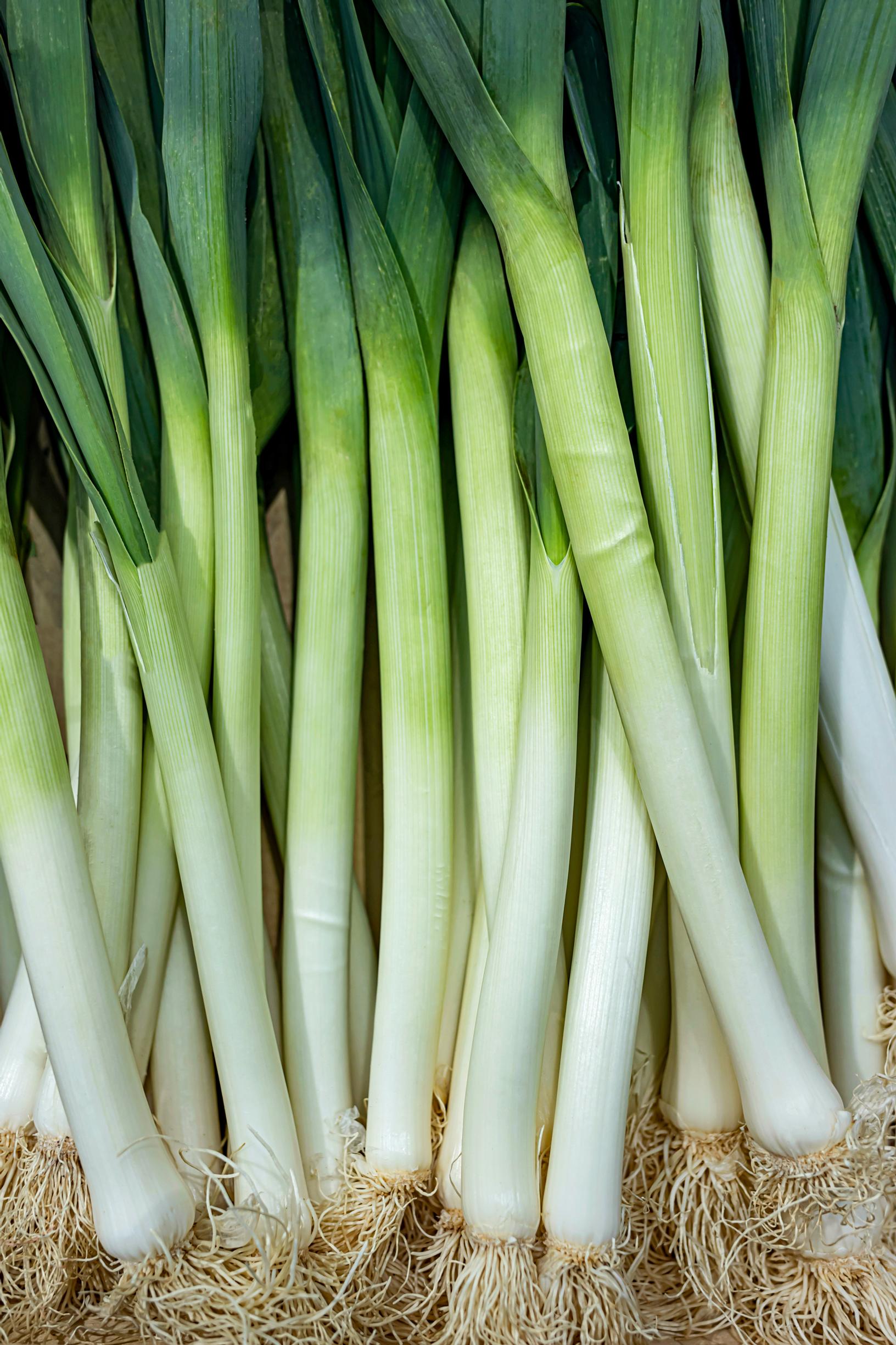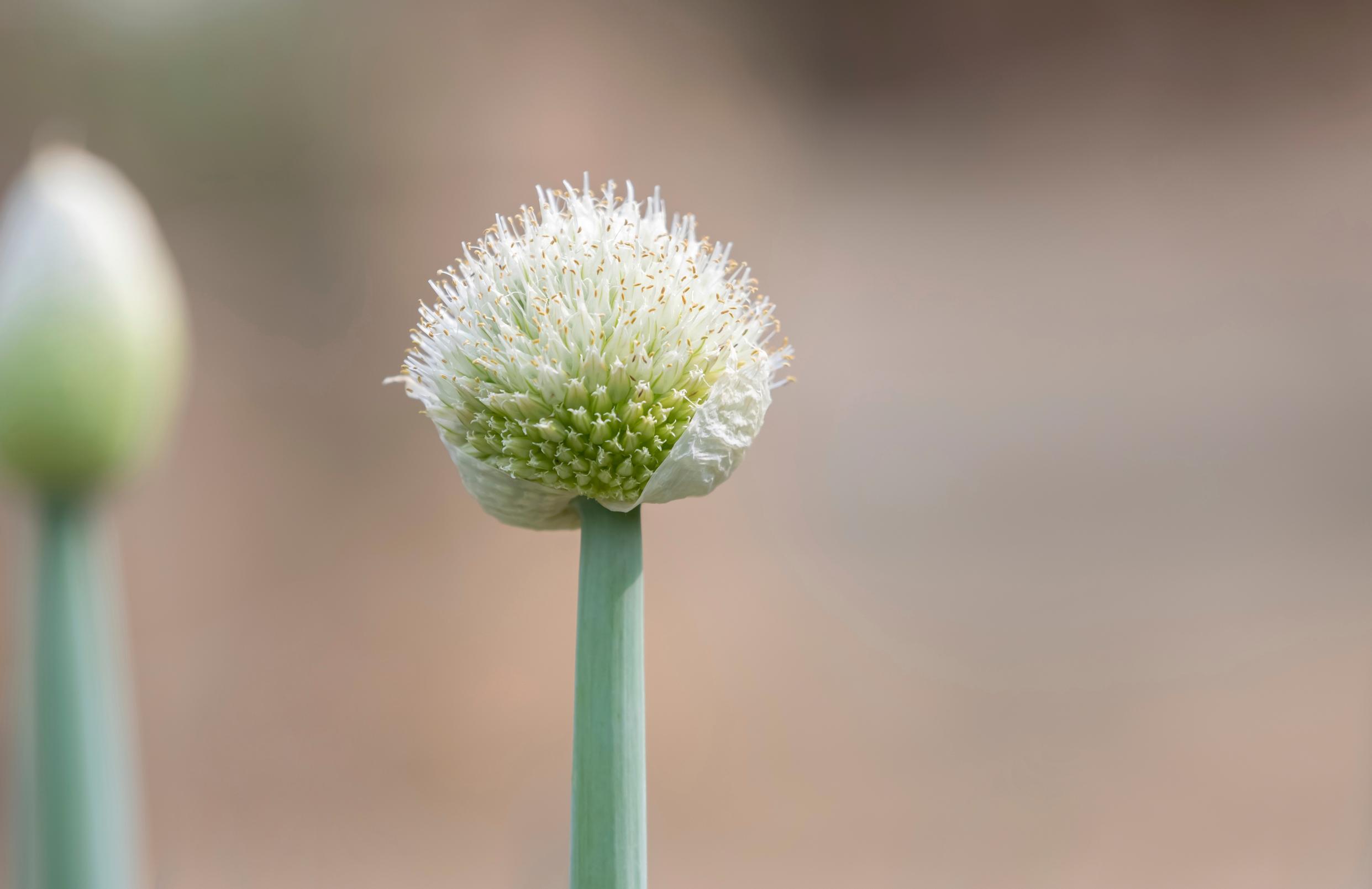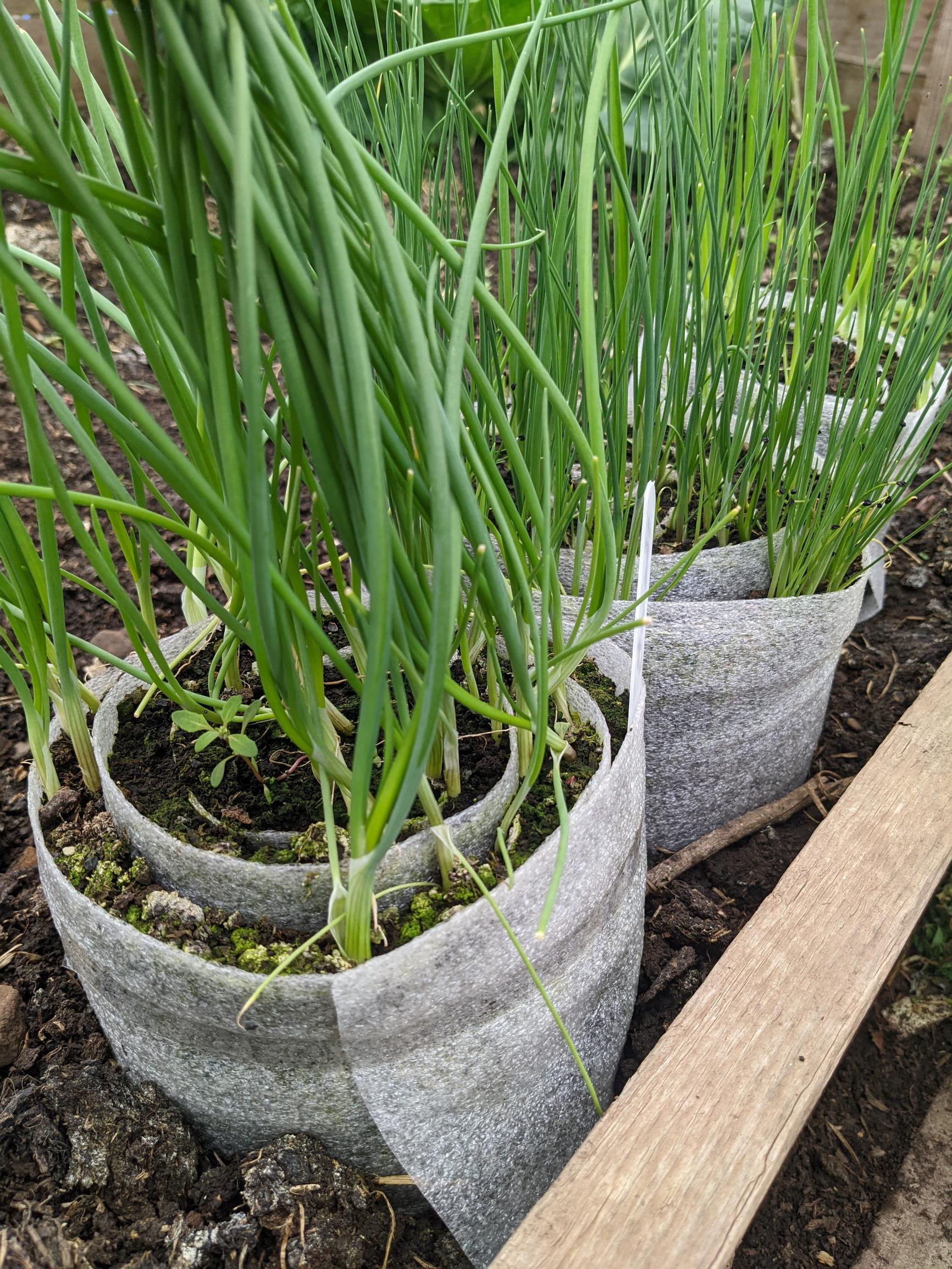
Growing leeks rewards you with tender harvests—succeed with these tips
Growing leeks takes a bit of effort, but once you succeed, you’ll enjoy a juicy, tender harvest. You can start them yourself or buy ready seedlings in late spring. You can also try mini leeks, which can be sown directly into the soil.
Leeks are versatile vegetables you can easily grow at home. They need a long growing period along with plenty of water and nutrients, but the effort pays off with tender harvests. It’s best to start your leeks in February or March. Alternatively, you can buy ready seedlings in spring. If you’d like to harvest delicate mini leeks, sow seeds of a fast-growing variety directly in your garden bed in spring.
Growing leeks—how to succeed:
Pre-growing leeks
Start seedlings 10–12 weeks before planting. If possible, keep them in a bright spot that’s cooler than room temperature. In warm conditions, seedlings can quickly grow tall and slender. Once they’ve started growing well, feed the seedlings weekly with a mild fertilizer solution.
There are many ways to pre-grow leeks: you can grow 2–4 plants together as a group, grow them bare-root, and use both plug and potted seedlings. Sow seeds in trays or directly into pots. A third option is sowing them in a box, either by broadcasting or in rows.
If you sow in a box, prick out the seedlings into their own pots once they reach about 10 centimeters. You can also plant them directly into the ground as bare-root seedlings.
Trimming the leaf tips helps strengthen the plants. Once the seedlings have 3–4 true leaves, shorten the leaf length by a third or a quarter. If the seedlings start getting leggy, trim the leaf tips again after 2–4 weeks.
Try growing mini leeks by sowing a fast-growing variety directly into the soil when the soil temperature is at least 10°C (50°F).
Leek growing location and care
Leeks thrive in a sunny location with loose, water-retentive, and nutrient-rich soil. The ideal pH is 6.5–7. Plant hardened seedlings in the ground when the weather has warmed up, around May–June. Place the seedlings slightly deeper than they were growing before, either at the bottom of a furrow or on a ridge. About 20 plants will fit in a square meter. If you want thinner stems, plant twice as many seedlings per square meter.
As the leeks grow, mound soil around their bases to extend the white part, which has a milder flavor than the green sections. Leeks need plenty of water and nutrients to grow thick and sturdy. Water during dry spells and provide extra fertilizer over the summer. Green mulch is ideal for leeks. In poor soil, leek tend to stay thin.
Harvesting leeks
You can start harvesting in summer and continue harvesting late varieties well into fall. Protect the plants from frost and extend the harvest period with a layer of tree leaves or multiple layers of garden fleece. Harvest the last winter leeks before the ground freezes. Leeks tolerate moderate night frosts, but cold hardiness depends on the variety.

Leek varieties:
- ‘Blaugrüner Winter’ Cold-hardy variety with a long harvest period. Suitable for direct sowing. May overwinter.
- ‘Bleu de Solaise’ A relatively slow-growing but very cold-hardy variety. Leaves turn reddish in fall.
- ‘Hannibal’ A reliable and productive variety for fall harvests.
- ‘Carentan’ Recommended for organic cultivation and fall harvests.
- ‘Herbstriesen 2’ Vigorous fall leek.
- ‘Atal’ Summer and fall leek suitable for direct sowing.
Early leek varieties have light green leaves, while cold-hardy varieties have dark green leaves.
Leeks are perfect for pre-growing in snail rolls: see Farida Sober’s tips for snail roll seed starting



